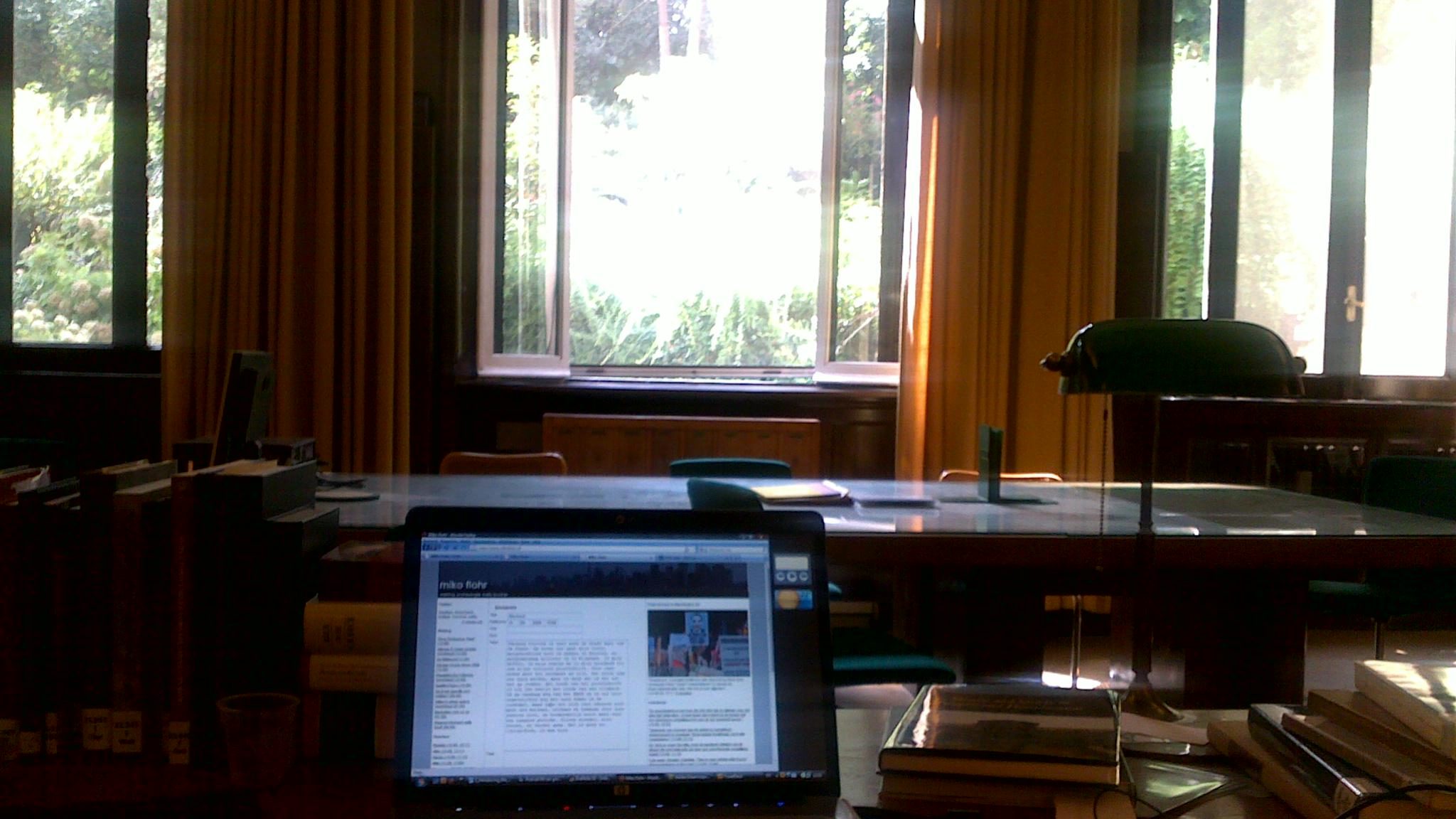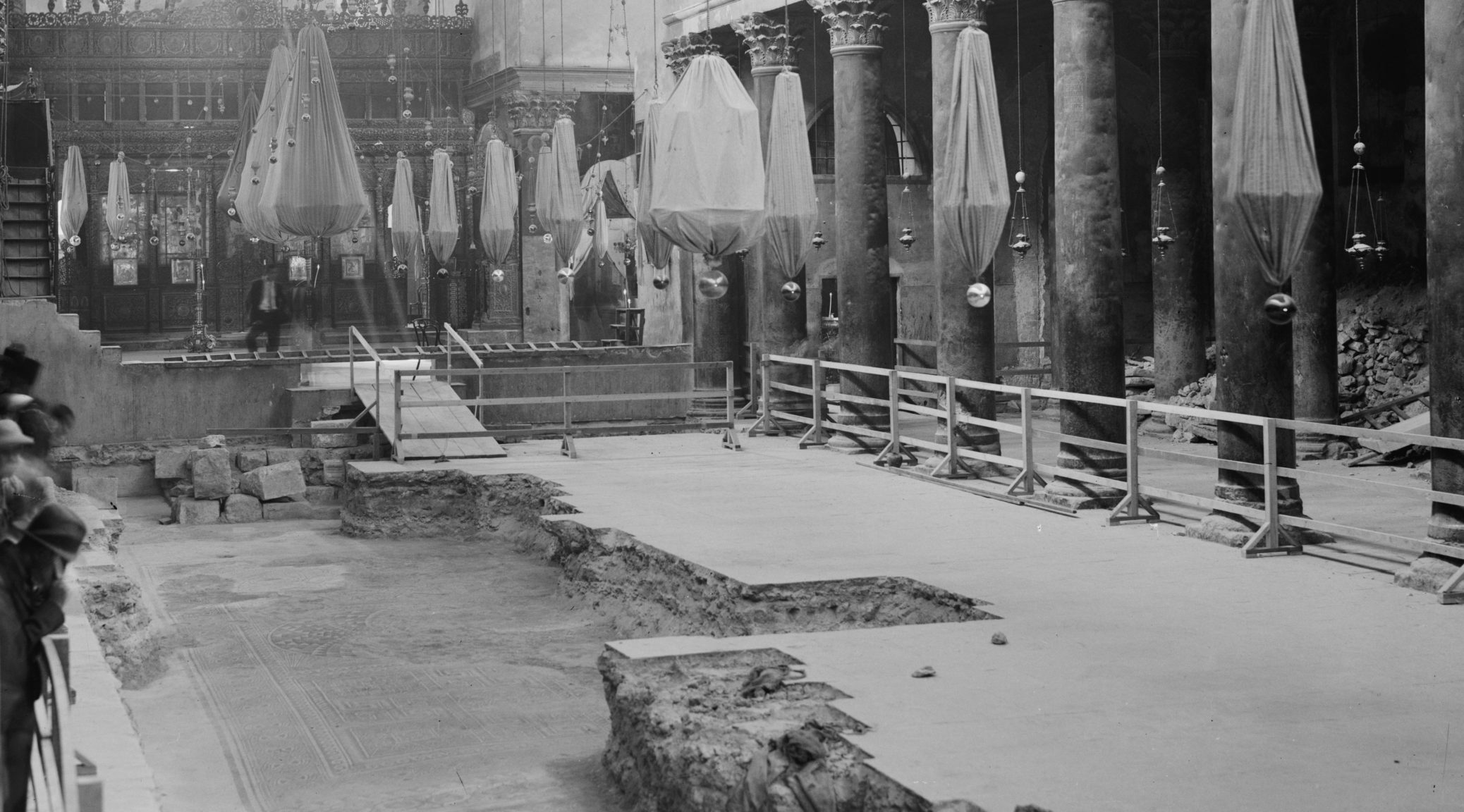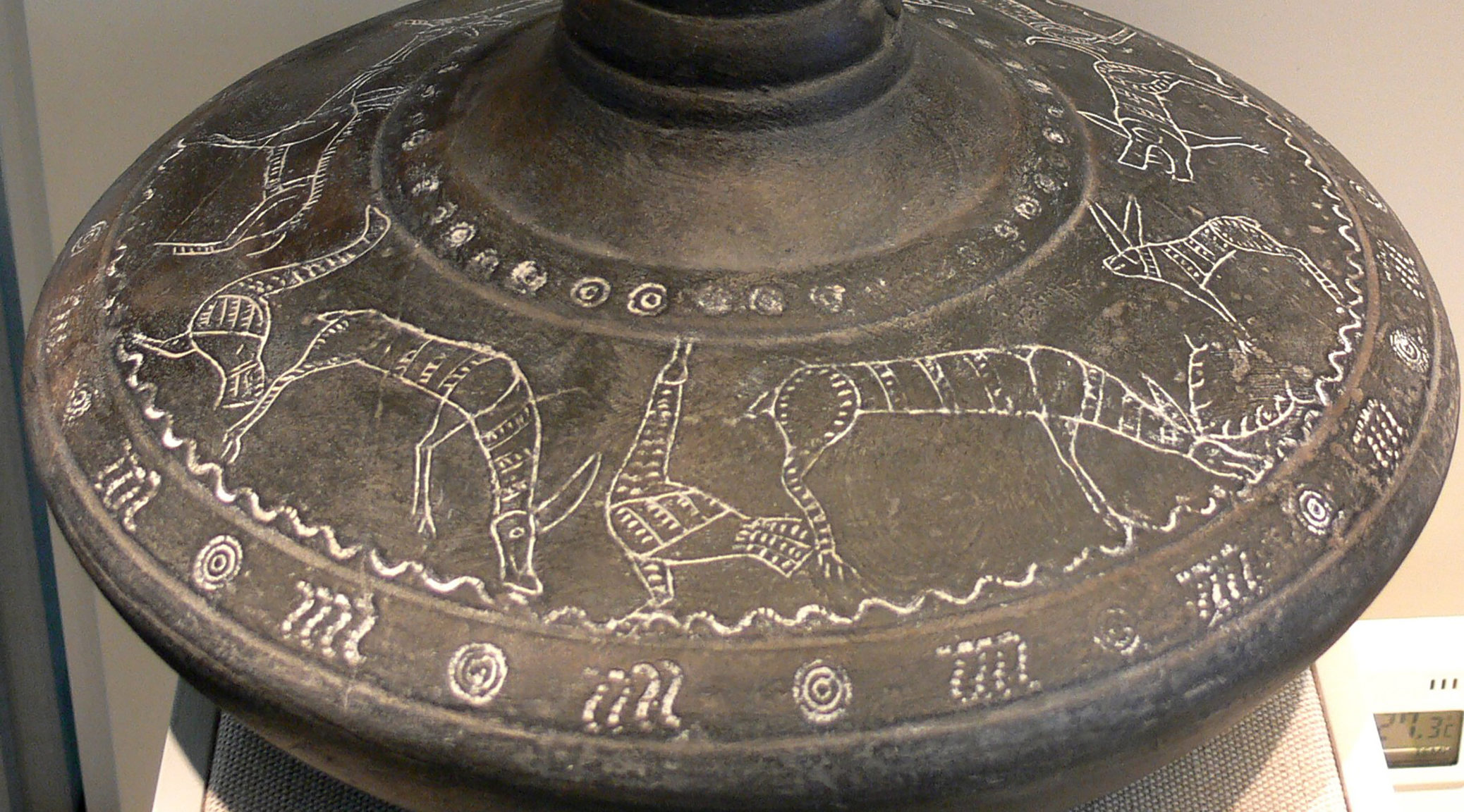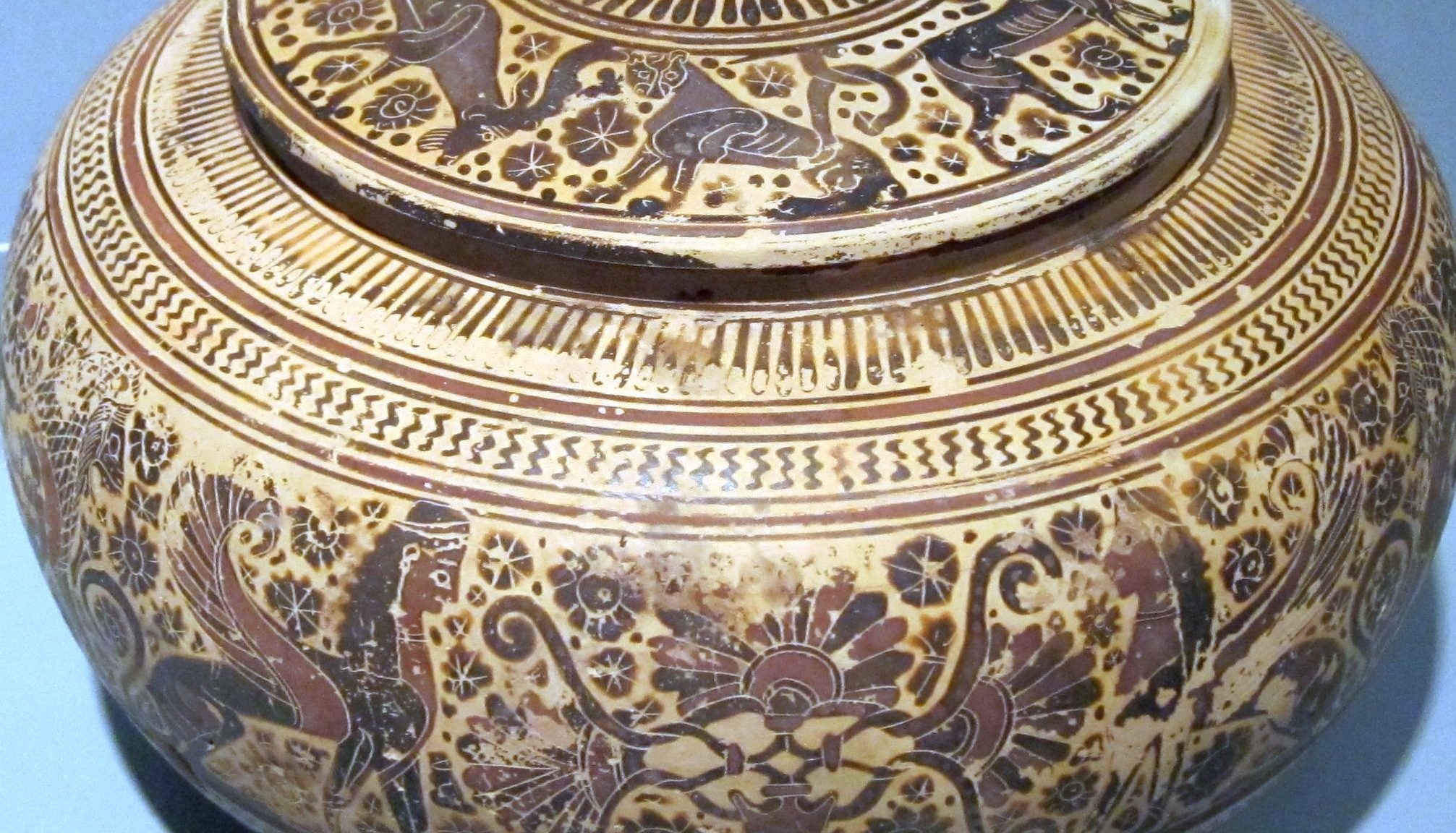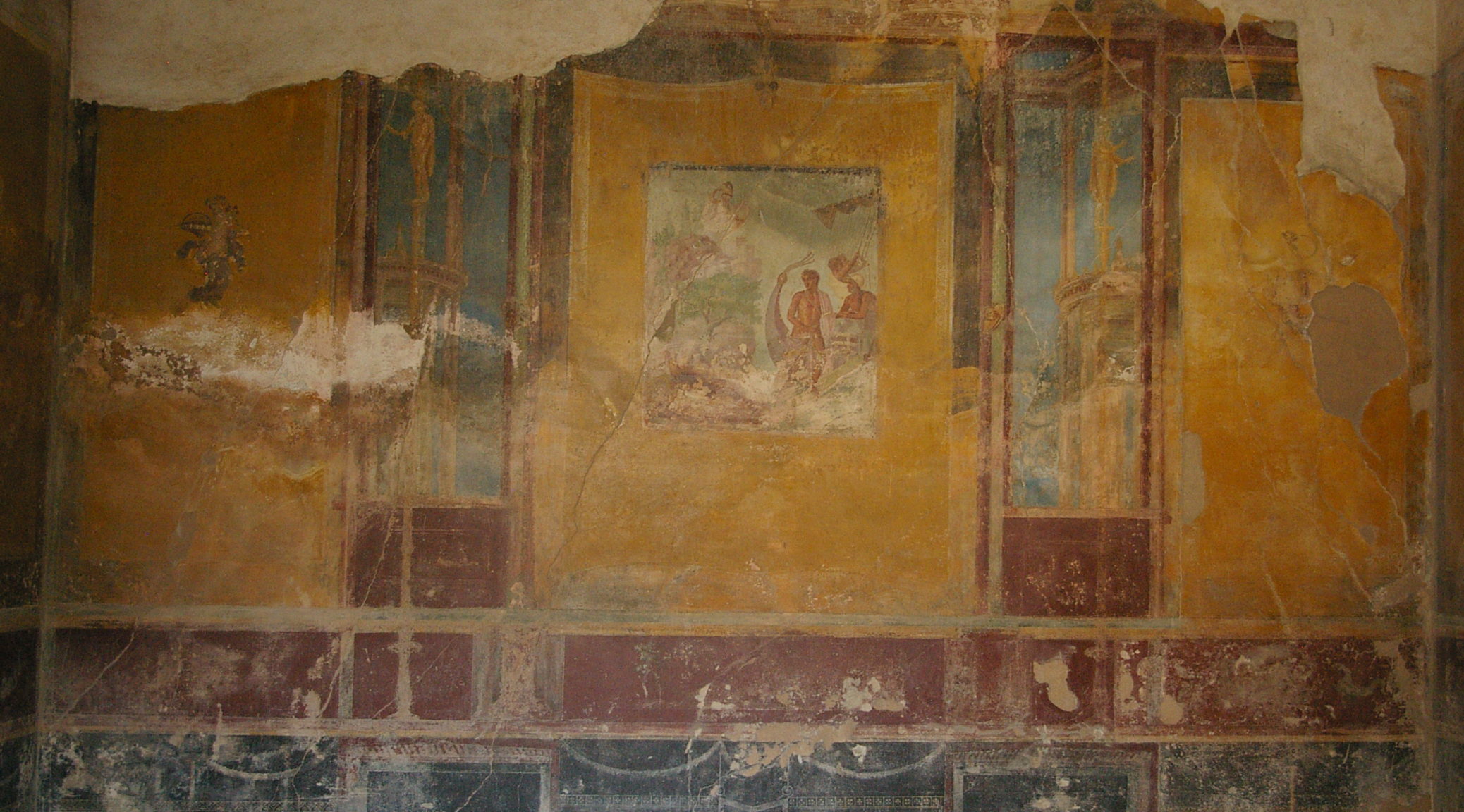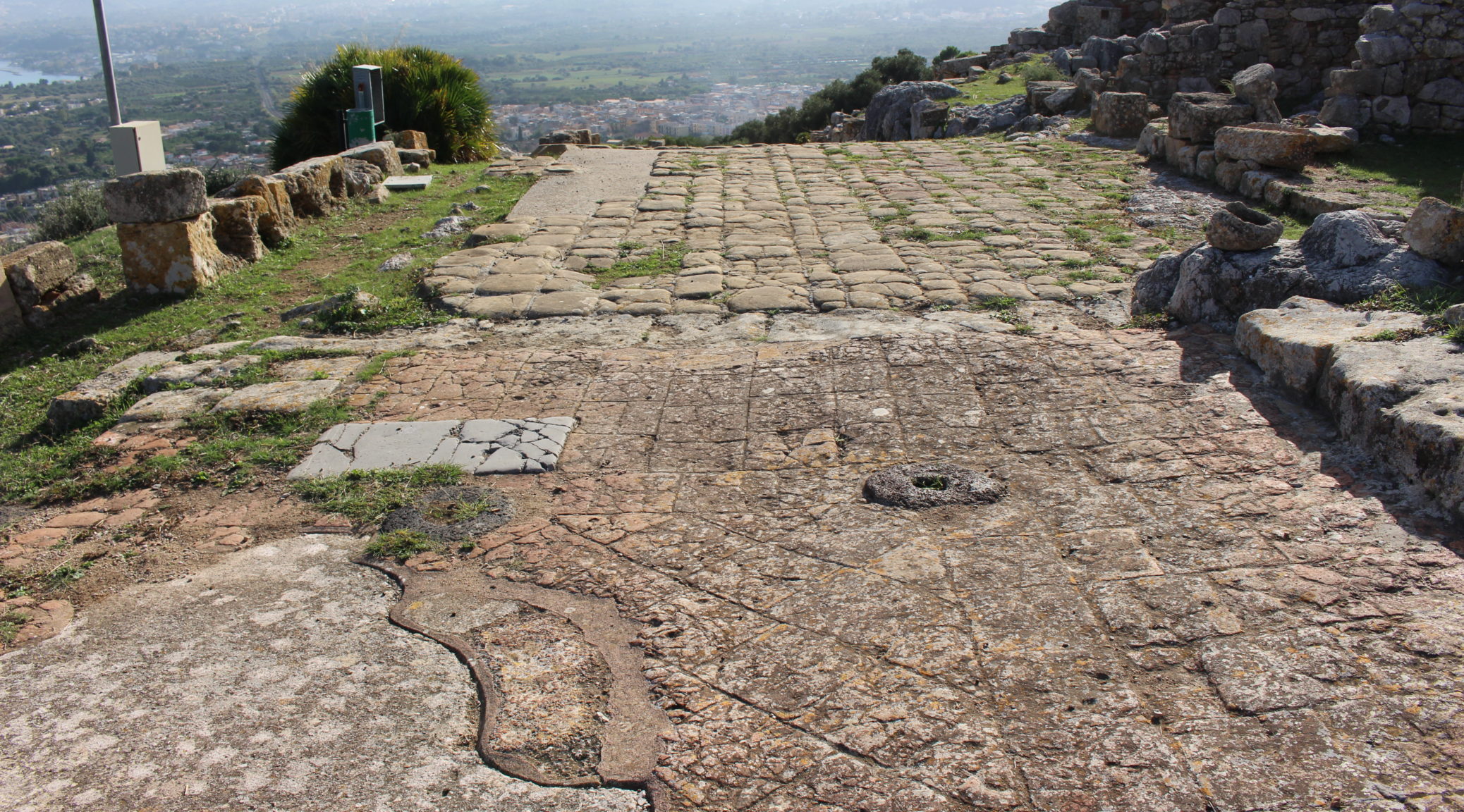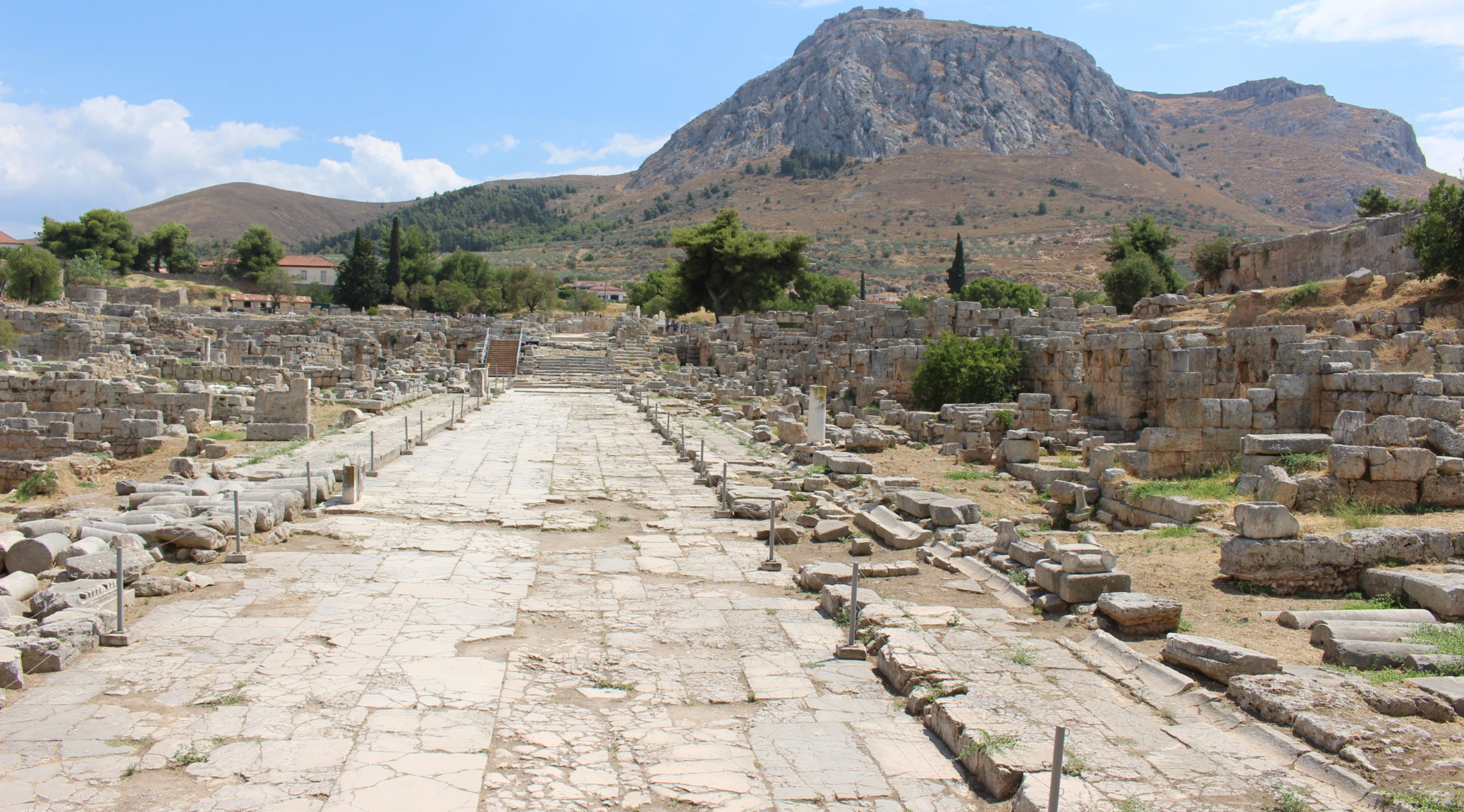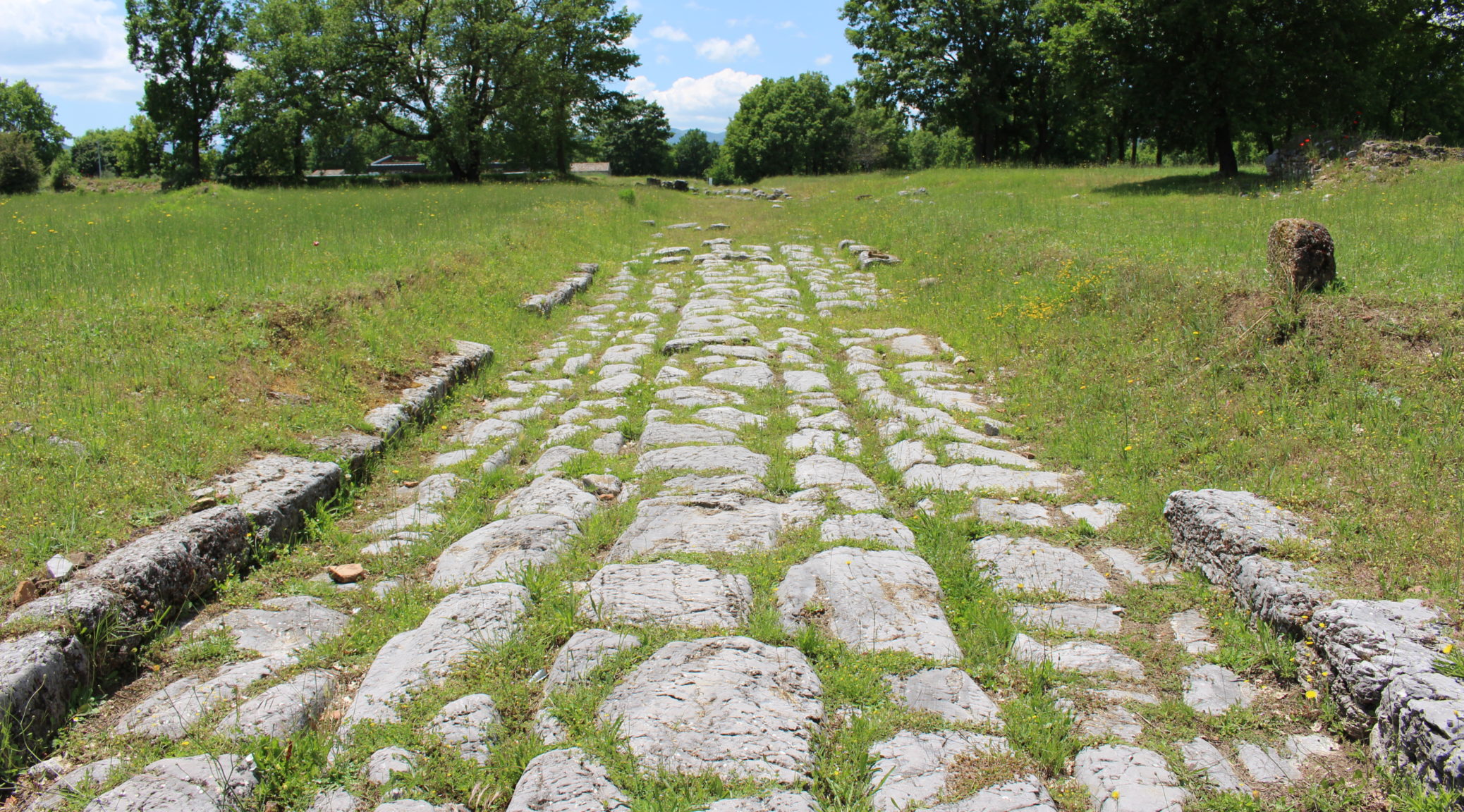Uncategorised
Global Romans (1). The classical world through post-colonial eyes
|
I have lived inside the boundaries of what used to be the Roman empire for my entire life. Born in Rotterdam in The Netherlands, I grew up in Brabant, in the south of the country, and went to the university in Nijmegen, where they were still excavating the legionary camp as I arrived in 1995 […] |
Laat ons zuinig zijn op het Koninklijk Nederlands Instituut Rome
Bethlehem
Design (7) – Animals from Bavaria
Design (5) – Fear of emptiness?
A fantastic new inscription from Pompeii – but what does it mean?
|
Despite the spectacular new excavations that are currently unfolding in the northern part of the city, the most significant discovery at Pompeii in recent decades was made just over a year ago, outside the main southern city gate, where a large and well-preserved funerary monument was dug up alongside the road that probably connected Pompeii […] |

